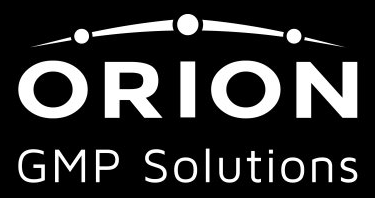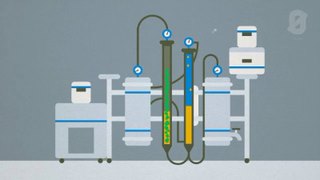Liquid chromatography (LC) instrumentation has immense utility and long term pay-off when maintained properly. A well curated system can see reliable cannabis potency or safety results in minutes and return its investment much sooner. Maintenance is essential to keeping your unit in top shape providing reproducible results with superb up-time. Failure to do scheduled maintenance quickly increases the difficulty, cost, and downtime when troubleshooting developing issues. Whether this is concerning frequent consumables or routine replacement of components no aspect can be neglected to maintain high quality testing.
When you receive a certificate of analysis (CoA) from LC units you are trusting that those results have been produced from a validated method. However when testing again the next week you could get significantly different results even with that identical method. What is with this variation in LC reports? Each LC report can also be thought of as a snapshot of their component health and maintenance schedule. Along the path from injection to detection to create that CoA are many opportunities for fouling of components and shifting routine test results.
The solvent system delivery components and column health are among the most influential contributors to test result variation over time. Solvent bottles containing 100% water can accumulate microbial growth that when injected onto the column creates blockage or reduction in resolving power that ultimately shifts test results. This can be remedied by addition of small amounts of organic solvent (~5%) if possible, or simply utilizing amber bottles with scheduled replacement. Another common troublesome issue in solvent delivery is the use of buffers. For example buffers that are too concentrated as a result of preparation or solvent evaporation can form precipitates with catastrophic outcomes for column and pump health. This can be prevented by following recommended buffer strengths, ensuring homogeneous mixtures, and regular aqueous flushing after buffered system uses. Failure to properly work with these cheap buffers becomes expensive quickly when considering the cost of column replacement and loss of testing throughput. If precipitation of buffer salts does occur it may be possible to remedy by reversing column direction with increased aqueous flow to “blow-out” these abrasive salts. Afterwards it would be wise to flush with isopropanol assuming compatibility with your system for removal of less polar adhering compounds that may also be fouling your column. This would be followed by returning the column direction to its original state and slowly equilibrating to your typical solvent system. This emergency fix may solve the immediate problem of an inoperable column, but damage could already be done that will shift future results. This technique can be suitable for research applications assuming column performance still meets your requirements. However consider in an increased scrutiny 17025 accredited testing or GMP environment this may be inappropriate. The shift of column performance can be great enough that it would be considered not replicating a previous validated method, no longer suitable for its intended use, and thus not meeting that quality standard. In either case the real fix is preventative maintenance and exercising best practices which promotes up-time and consistent results.
We’re just scratching the surface at the beginning of an LC unit’s flow path for opportunities to affect test results. To really keep your unit producing reliable results requires attention to every component and staying compliant with all documented maintenance. If you are interested in purchasing an LC unit for a new testing lab or possibly looking to maintain a current LC fleet with better results email us at [email protected].


Leave a Reply